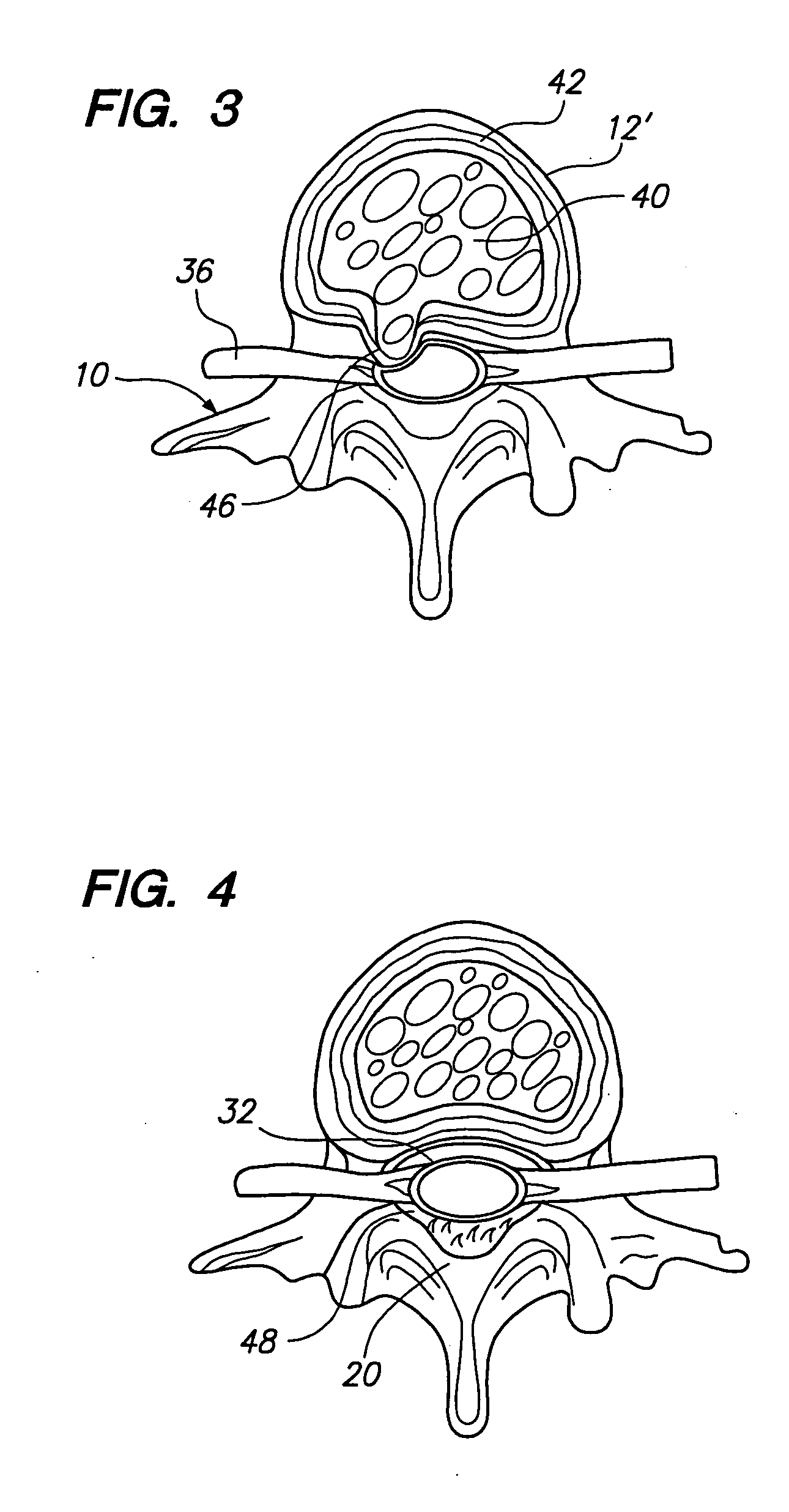Tissue removal probe with irrigation and aspiration ports
a technology of aspiration port and tissue, which is applied in the field of bone tissue removal, can solve the problems of reducing the space within the spinal canal, compromising or dislocating the contents of the canal, and irreparable damage to the disc tissue, and achieves the effect of quick aspiration
- Summary
- Abstract
- Description
- Claims
- Application Information
AI Technical Summary
Benefits of technology
Problems solved by technology
Method used
Image
Examples
Embodiment Construction
[0049]FIGS. 5-9 illustrate a tissue removal probe 100 constructed in accordance with a preferred embodiment of the present inventions. The probe 100 generally comprises an outer sleeve 102 and a tissue removal core 104 rotatably and slidably disposed within the outer sleeve 102.
[0050] The sleeve 102 comprises a hollow shaft 106 and a lumen 108 extending through the shaft 106 for receiving the tissue removal core 104. The shaft has a relatively long straight portion 110, a distal end 112 in which there is laterally formed a tissue-cutting window 118, and a proximal end 114 (shown in phantom in FIG. 5) on which there is mounted a handle 120. The distal end 112 of the sleeve shaft 106. The sleeve shaft 106 further has a curved portion 116 between the straight portion 110 and a distal end 112, which, as will be described in further detail below, allows tissue to be removed in a plane that is not parallel to the entry path through the tissue. In the illustrated embodiment, the curved po...
PUM
 Login to View More
Login to View More Abstract
Description
Claims
Application Information
 Login to View More
Login to View More - R&D
- Intellectual Property
- Life Sciences
- Materials
- Tech Scout
- Unparalleled Data Quality
- Higher Quality Content
- 60% Fewer Hallucinations
Browse by: Latest US Patents, China's latest patents, Technical Efficacy Thesaurus, Application Domain, Technology Topic, Popular Technical Reports.
© 2025 PatSnap. All rights reserved.Legal|Privacy policy|Modern Slavery Act Transparency Statement|Sitemap|About US| Contact US: help@patsnap.com



